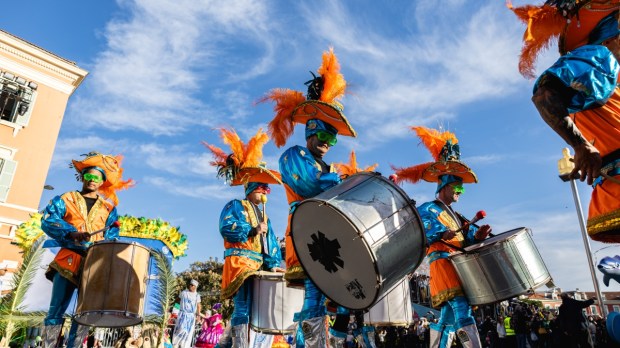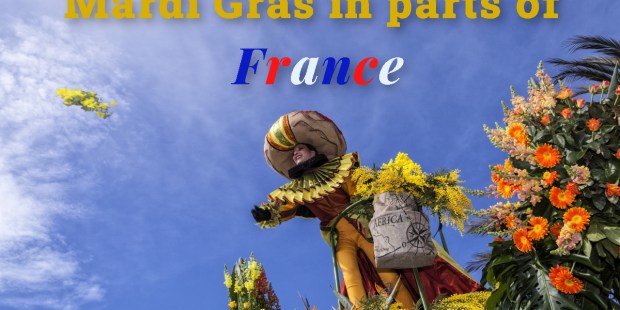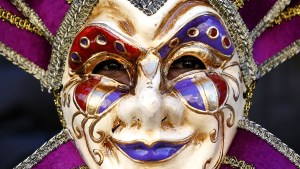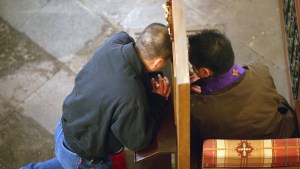Lenten Campaign 2025
This content is free of charge, as are all our articles.
Support us with a donation that is tax-deductible and enable us to continue to reach millions of readers.
Mardi Gras translates into Fat Tuesday, and comes the day before Ash Wednesday, the start of Lent. In earlier times, people wanted to use up milk, fats, and eggs before fasting so they wouldn’t come to waste. Of course, the traditions have evolved since then. In many parts of the world, it is now known as Carnival, which can sometimes unfold over many days. In France, different regions hold parades and various celebrations on this festive day depending on the area and long traditions.
Mardi Gras in Dunkirk, Northern France
The people of Dunkirk follow a Mardi Gras ritual that started in the 17th century when fishing was the main occupation in and around the Northern coastal districts.
Fishermen used to leave their homes for fishing expeditions off the coast of Iceland, which could last for six months or more. Fishing was a dangerous, risky job as ships and lives were often lost at sea. To compensate for these challenges, shipowners treated the fishermen to a banquet and paid them half their wages.
Understandably, Mardi Gras was a joyful time for those setting out for the season as well as their families; it was a time to eat, drink, and be merry. Over the years, this feast for fishermen transformed into one of the most popular yearly Carnival celebrations for the entire community.
Joyful Days
The three days leading up to Ash Wednesday are especially spectacular. Referred to as “Trois Joyeuses” (Three Joyful Days), locals dress up in colorful costumes, sing, chant, and dance in the town square. It is quite a change for the city of Dunkirk, which can be quite dark and grey.
In another unusual custom, the local mayor throws wrapped smoked herrings to the exuberant crowd. People jostle in front of the city hall, hoping to catch some of the 1,000 pounds or so of prepared fish.
Carnival in Nice
With its natural charm, Nice, the capital of the Cote d’Azur, has always attracted tourists and artists. Located on the southeastern coast of France, Carnival has been held here for over 140 years. It is reputed to be one of the largest in the country, attracting crowds drawn by the mild Mediterranean weather, which is wonderfully uplifting in midwinter.
Understandably, Carnival in exotic Nice is a grand affair, even more so than that of their northern coastal neighbors.
Battle of the Flowers
The main highlight of this yearly event is a long and spectacular parade of floats meandering among the crowds. The tradition reportedly started in the 13th century when Count of Provence, Charles II of Anjou, visited Nice.
Equally colorful is the legendary Bataille des Fleurs. The historic tradition of the Battle of the Flowers, which started in 1856 to delight the bourgeois, still brings joy to visitors and locals.
Floats decorated with locally grown flowers, such as mimosa, are accompanied by dancers, musicians, and acrobats meandering along the main streets. At the end of the parade, the floats are dismantled, and the performers fling flower petals into the crowd.
At the end of the festivities, people return to their homes, and many prepare to enter Lent. A bit tired from all their celebrating, they will soon give up meat on the prescribed days, and perhaps chocolate and alcohol, too, for the next 40 days. Above all, they will focus on Jesus and his sacrifice for us.
View the PHOTO GALLERY below to see the celebrations in France.




